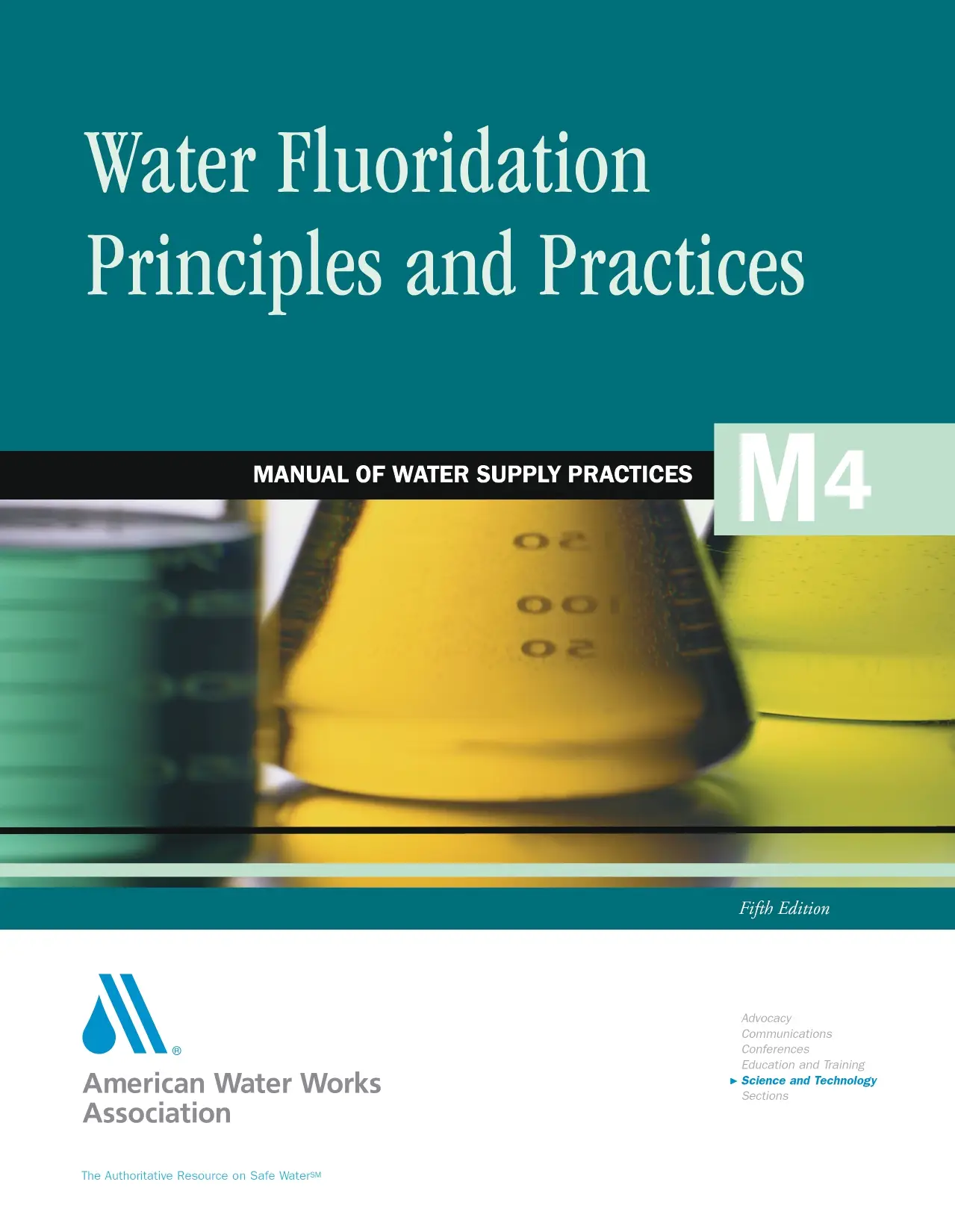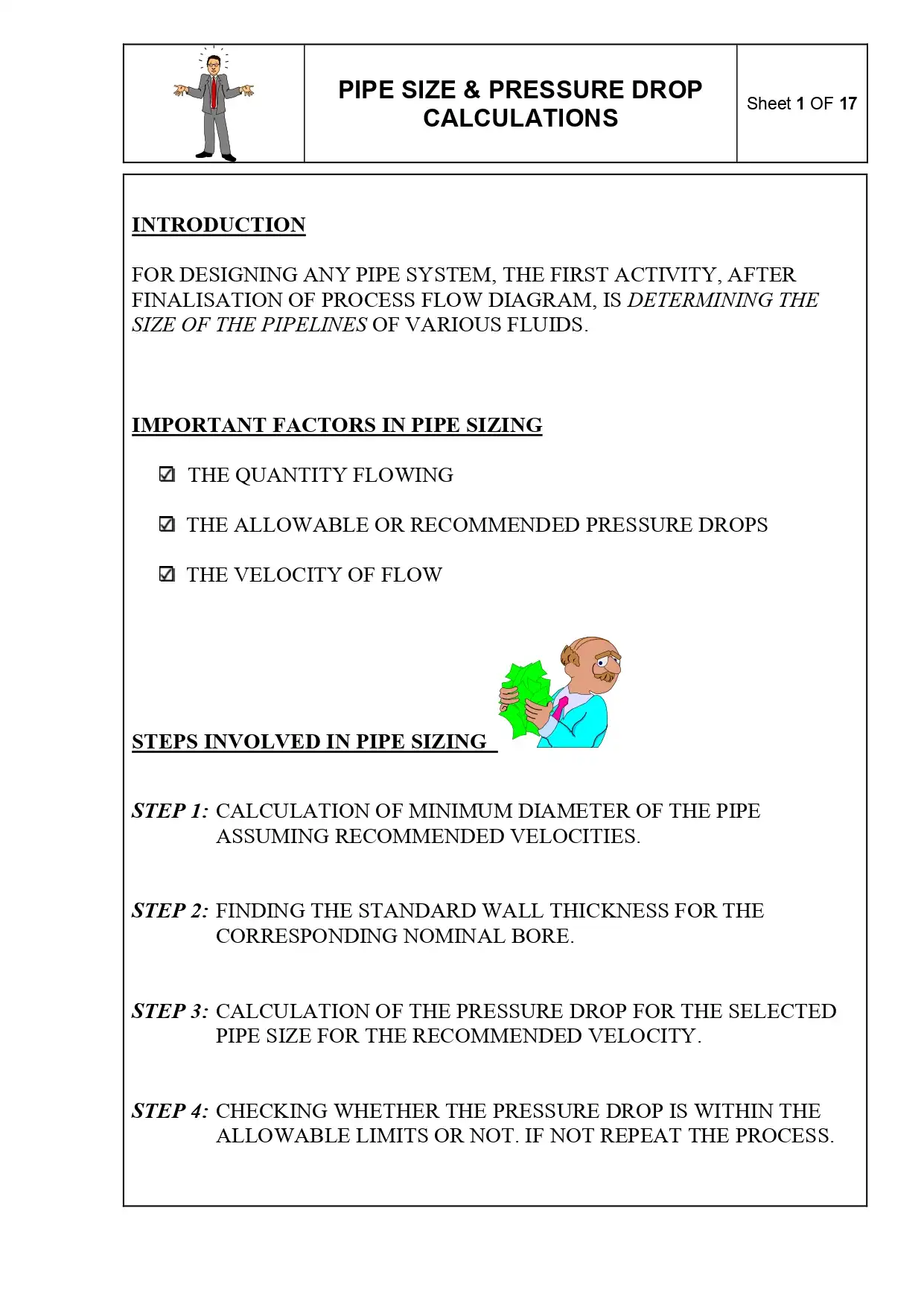Waterborne Pathogens
Waterborne pathogens can cause life-threatening disease in the immunosuppressed populations of the world and illness in the general population. Reports in print and electronic media of recent waterborne outbreaks and emerging pathogens have expanded public awareness of water quality issues. This awareness places greater demands on government agencies and utilities to effectively inform the public about waterborne agents and related health issues. If outbreaks do occur, having accurate information available is a critical need.
Waterborne Pathogens
Waterborne pathogens can cause life-threatening disease in the immunosuppressed populations of the world and illness in the general population. Reports in print and electronic media of recent waterborne outbreaks and emerging pathogens have expanded public awareness of water quality issues. This awareness places greater demands on government agencies and utilities to effectively inform the public about waterborne agents and related health issues. If outbreaks do occur, having accurate information available is a critical need.
Water Fluoridation Principles and Practices
Fluoridation treatment in this manual refers to the addition or removal of fluoride from drinking water to maintain an optimum level to reduce tooth decay.
Fluoridation has been practiced for more than 50 years. This chapter discusses the history of fluoridation and the theory of how it reduces tooth decay. The chapter summarizes the results of health effects studies and addresses legal issues. The common chemicals used in fluoridation are also discussed.
Water Fluoridation Principles and Practices
Fluoridation treatment in this manual refers to the addition or removal of fluoride from drinking water to maintain an optimum level to reduce tooth decay.
Fluoridation has been practiced for more than 50 years. This chapter discusses the history of fluoridation and the theory of how it reduces tooth decay. The chapter summarizes the results of health effects studies and addresses legal issues. The common chemicals used in fluoridation are also discussed.
Water Chlorination/ Chloramination Practices and Principles
Chlorine was “discovered” in 1744 in an obscure laboratory in Sweden (AWWA 1973). Sixty-six years later in 1810, chlorine was identified as a chemical element and was named from the Greek word chloros (pale green), because of its characteristic color. However, it was not until several decades later that its use as a disinfectant was recognized.
Water Chlorination/ Chloramination Practices and Principles
Chlorine was “discovered” in 1744 in an obscure laboratory in Sweden (AWWA 1973). Sixty-six years later in 1810, chlorine was identified as a chemical element and was named from the Greek word chloros (pale green), because of its characteristic color. However, it was not until several decades later that its use as a disinfectant was recognized.
Module 22: Inorganics Removal Basics
Learning Objectives
At the end of this unit, you should be able to:
Explain how a primary and a secondary inorganic contaminant are different.
State a few primary inorganic contaminant concerns
State a few secondary inorganic contaminant concerns
Be able to reference the MCL list
Module 22: Inorganics Removal Basics
Learning Objectives
At the end of this unit, you should be able to:
Explain how a primary and a secondary inorganic contaminant are different.
State a few primary inorganic contaminant concerns
State a few secondary inorganic contaminant concerns
Be able to reference the MCL list
Treatment Of The Surface Water By Electrocoagulation-Electroflotation Process In Internal Loop Airlift Reactor Conductivity Effect On Turbidity Removal And Energy Consumption
Abstract
The aim of this paper is the potabilisation of surface water by an electrocoagulation-electroflotation process in internal loop Airlift reactor. The initial turbidity of the water to be treated is fixed at 107 NTU, a value generally found in surface waters. The tests were performed in airlift reactor of rectangular shape with an internal loop with a useful volume of 850 mL.
Treatment Of The Surface Water By Electrocoagulation-Electroflotation Process In Internal Loop Airlift Reactor Conductivity Effect On Turbidity Removal And Energy Consumption
Abstract
The aim of this paper is the potabilisation of surface water by an electrocoagulation-electroflotation process in internal loop Airlift reactor. The initial turbidity of the water to be treated is fixed at 107 NTU, a value generally found in surface waters. The tests were performed in airlift reactor of rectangular shape with an internal loop with a useful volume of 850 mL.
Water Treatment By Electrocoagulation
Abstract
Electrochemistry is the science that study, the effect of the electricity on the phase of matter by producing chemical reactions, which causes this effect. Several applications and technologies such as; batteries, fuel cells, and industries, such as aluminum industry depend on theories of electrochemistry science. Integration of electrochemistry with other chemistry science such as; environmental chemistry, contributes highly in serving environment to be clean, and safe. One of electrochemistry applications in wastewater treatment is the electrocoagulation; which considered as; one of the best water treatment methods.
Water Treatment By Electrocoagulation
Abstract
Electrochemistry is the science that study, the effect of the electricity on the phase of matter by producing chemical reactions, which causes this effect. Several applications and technologies such as; batteries, fuel cells, and industries, such as aluminum industry depend on theories of electrochemistry science. Integration of electrochemistry with other chemistry science such as; environmental chemistry, contributes highly in serving environment to be clean, and safe. One of electrochemistry applications in wastewater treatment is the electrocoagulation; which considered as; one of the best water treatment methods.
Strengthening Drinking-Water Surveillance Using Risk-Based Approaches
The Protocol on Water and Health to the 1992 Convention on the Protection and Use of Transboundary Water Courses and International Lakes (United Nations Economic Commission for Europe & WHO Regional Office for Europe, 1999) has the objective of: … protect[ing] human health and wellbeing,
both individual and collective, within a framework of sustainable development, through improving water management, including the protection of water ecosystems, and by preventing, controlling and reducing water-related diseases.
Strengthening Drinking-Water Surveillance Using Risk-Based Approaches
The Protocol on Water and Health to the 1992 Convention on the Protection and Use of Transboundary Water Courses and International Lakes (United Nations Economic Commission for Europe & WHO Regional Office for Europe, 1999) has the objective of: … protect[ing] human health and wellbeing,
both individual and collective, within a framework of sustainable development, through improving water management, including the protection of water ecosystems, and by preventing, controlling and reducing water-related diseases.
Drinking Water Distribution Systems Biofilm Microbiology
Following water treatment by processes mentioned in Chapters 2 and 3, water is distributed through a network of pipes to reach customers. The water distribution system (WDS), an essential component of drinking water treatment, is the “workhorse” that carries drinking water from the plant to the customers.
Drinking Water Distribution Systems Biofilm Microbiology
Following water treatment by processes mentioned in Chapters 2 and 3, water is distributed through a network of pipes to reach customers. The water distribution system (WDS), an essential component of drinking water treatment, is the “workhorse” that carries drinking water from the plant to the customers.



















